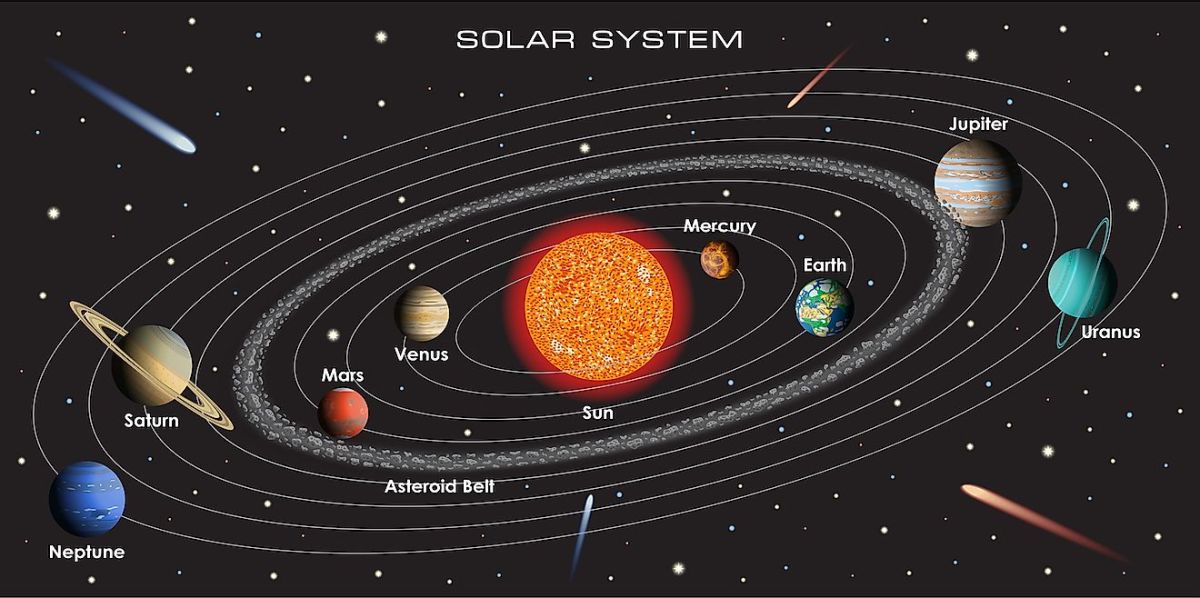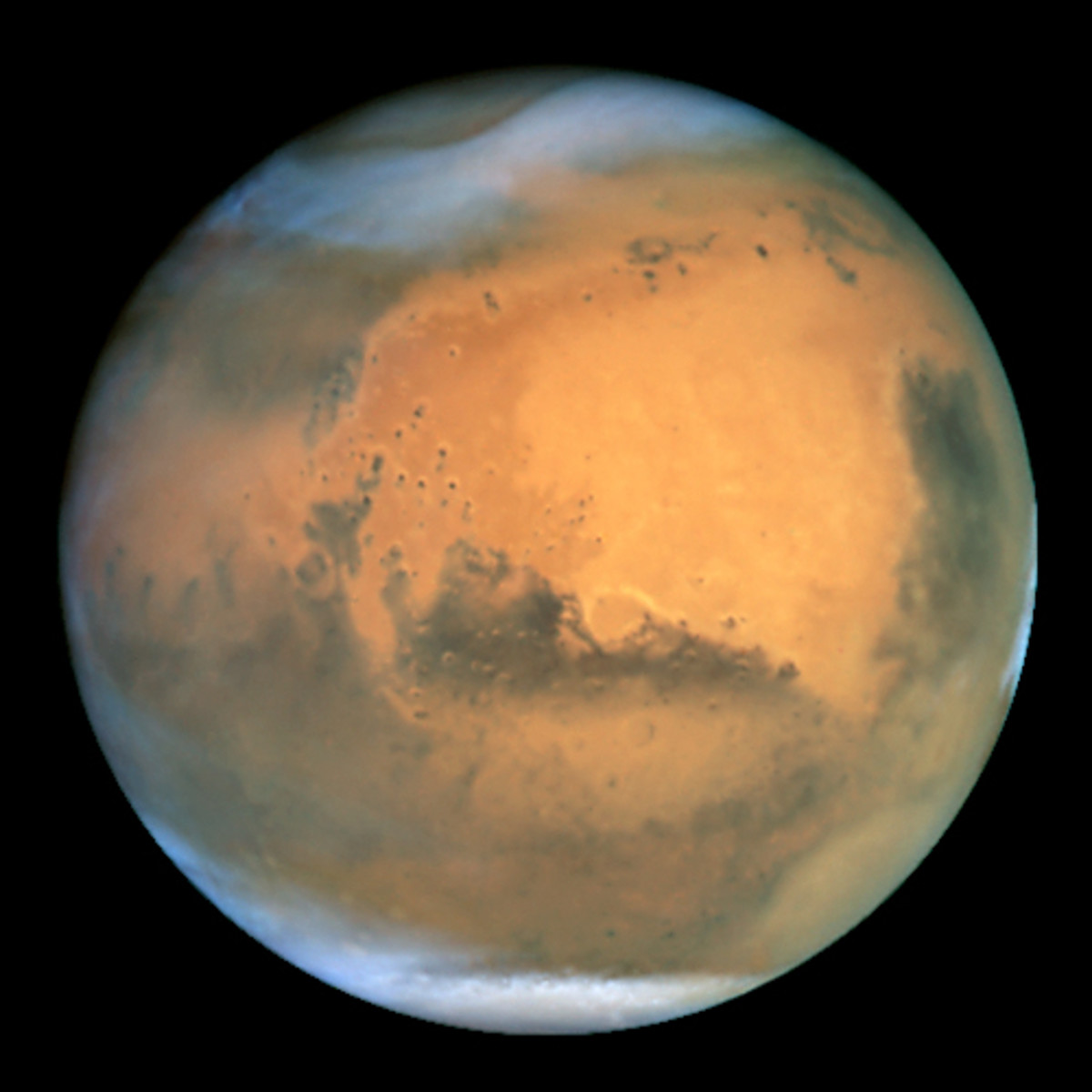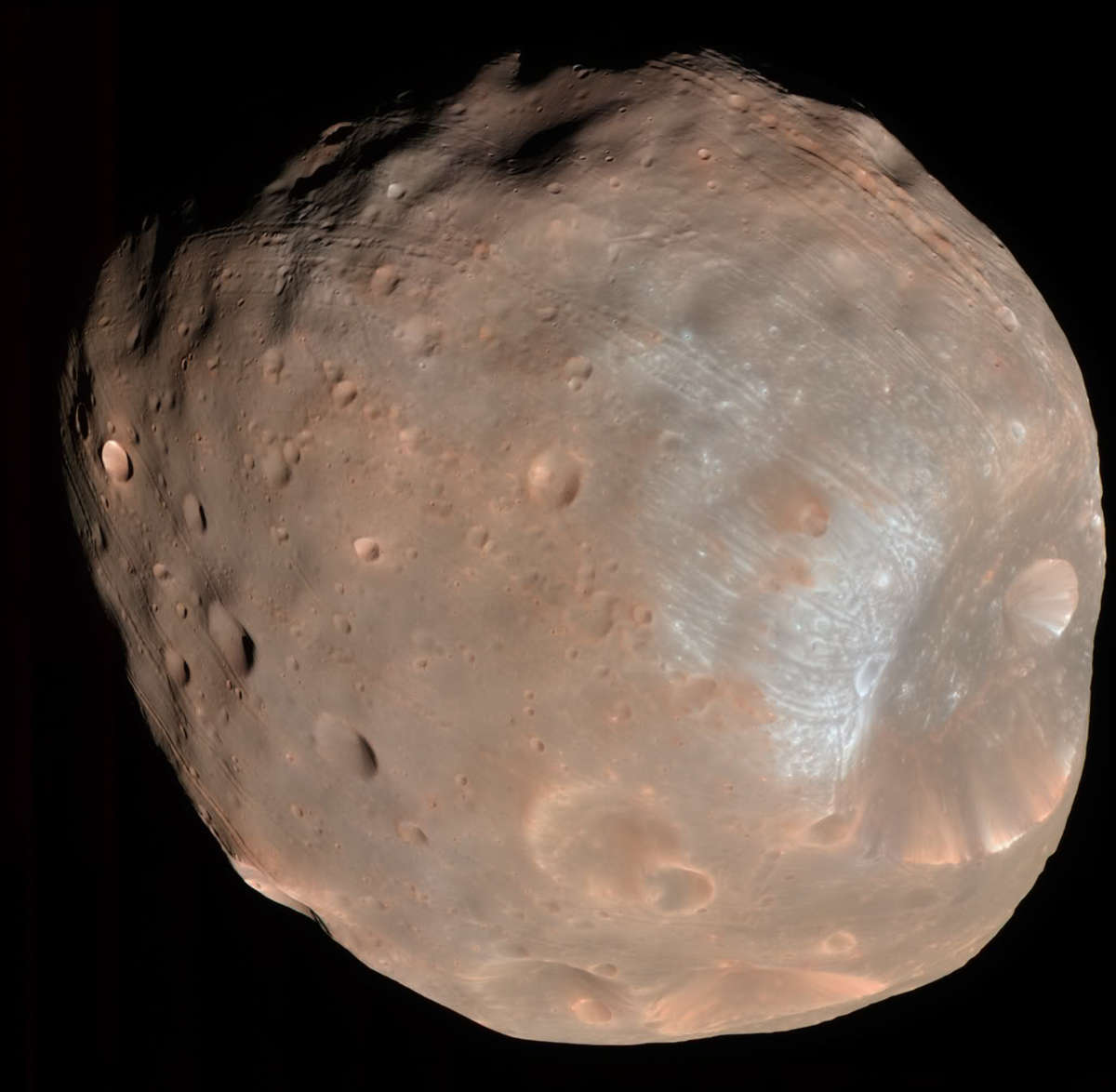Spaceship Earth, Meet the Neighbours. "Mars" (Can Anything Come From There?)
Meet our neighbour
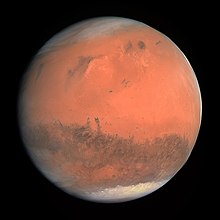
Meet Mars the 'god of war'
The night sky has fascinated men from the very dawn of time itself. Looking into the night sky and noticing where some things were at certain times of the year first helped men to work out when the best times for planting certain crops were and when the best harvests would come.
In many places where men first began to work these things out, it wasn't the sun that governed men's lives, it was what they saw in the night sky.
Agriculture is thought to have first developed in Turkey around twelve thousand years ago, or at least that's when man first worked out that by watching the night sky for the position of certain bodies or objects in that sky he could figure out when the best time for planting crops was.
It was almost as if someone was giving him a sign! A sign of when to plant and when to reap, and it was a sign he was going to use to it's fullest advantage!
Historians tell us that man, trying to figure out things that he just couldn't comprehend resulted in him stopping and worshipping these events as 'signs from the gods'
There were five, in particular, that seemed to move around the earth, and one that every so often did something really weird and used to scare men. He moved backwards as if waiting to strike a blow.
Named after the Roman 'god' of war
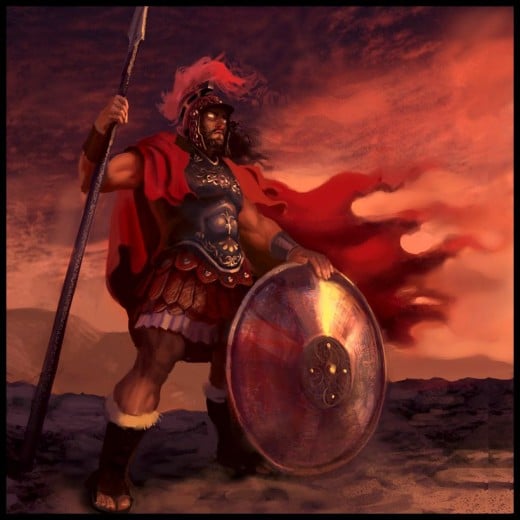
A the cantankerous neighbour! The FIRE STAR
But there was one of them that used to appear every few years. It used to go the opposite way, or at least it seemed the opposite way to all the others, and when it did, death destruction and disease seemed to come with it.
Man learned to both fear and respect that body, it was as if the gods of war, famine and pestilence had their own personality.
That body came by every few years, it was a bright red orb in the sky that would literally fade in and out of view every so many years, and when it came into view strange things would happen.
Ancient Sumer was the first civilisation to name this body, they gave it the name "Nergal" after their god of war and plague, mentioned in the Book of Kings in the Bible, he wasn't a pleasant character, but was only a minor deity of theirs.
Later came the Babylonians who made note of the fact that this body visited every point of the zodiac thirty or more times every seventy-nine years, they worked out that the object was moving, but around what?
Coming forward to the fourth century BCE it was Aristotle that figured out that whatever it was, the body was further away than the Moon as he noticed it disappearing behind the Moon as certain times, but how far away was it? and what was it?
Ancient China had also noticed this celestial body and given it the name "fire star" after one of the five elements represend by the five celestial bodies that could be seen with the naked eye.
Not a 'god' but a planet
It was Aristotle that figured out that these 'bodies' were actually pieces of something that were orbiting another object, and that being the way they were they must be pretty close by.
Some Greeks even back then thought that the planets all must revolve around the sun, but Aristotle, the great Greek thinker of his time argued that as the sun rose in the east and set in the west it was reasonable to deduce that the sun itself orbited the Earth, thus all the planets revolved around the Earth as the centre of the universe!
But Mars occasionally went 'backwards' or seemed to, and when it did, all hell broke loose on Earth!
Man learned to fear Mars.
Fourth rock from the Sun
Our solar system is made up of eight planets and a number of smaller objects, some are known as 'dwarf planets' (as in Pluto and one you've never heard of, but we'll be looking at called Ceres). Then there are asteroids, meteors and comets along with a myriad of other objects.
The first four of the planets are all rocky and quite small as planets go with the Earth being the largest of them, it's also the only one that has a natural 'satellite' or 'Moon'.
Mercury and Venus both lie closer to the sun than Earth, and Mars is the only one that lies further out than Earth does.
Beyond Mars is the realm of the 'gas giants' and the 'ice giants' as the rest of the planets are called, planets that possibly have no surface (or at least none that we can detect at the present time) but instead have increasing pressures or gas and ice that form a solid core.
Scientists have deduced that in order for life to exist on a planet, it has to be near enough to its host star for water to exist in liquid form, not too hot that it turns to steam and escapes, or so cold that it's permanently in the form of ice. This habitable zone is known as the 'Goldilocks zone' (Remeber the porridge was hot but not too hot, and not too cold!).
Venus is within the zone, at the inner edge but the CO2 in the atmosphere causes incredible heat as the heat of the sun can't escape.
Earth is right slap bang in the middle, and perfect for life to exist.
Mars is right on the border of the outer edge, where the water does exist, but so does permafrost ice. Mars is right at the edge of where life could exist outside of Earth.
But is there life on Mars?
The simple answer is we haven't found any yet, and we're not sure if we'll ever find evidence of life having existed there at all, but that hasn't stopped man wondering if life once existed on the planet, and some of the greatest science fiction ever written posed that question.
Why is Mars important?
How far away?
Mars, like all the other planets, has an orbit that isn't quite circular, more like an egg than a circle. At its closest, it's 128 million miles from the sun (Earth is 93 million miles or one AU) or 1.3 AU. It orbits our sun once every two years but the strange thing is that because we're also orbiting the same sun we only get to the place where Mars is at its furthest place from the son every seventy years, and that's when the weird stuff happens.
The reason for it is that the Earth is moving around the sun as fast as Mars is but Mars is further out and thus takes longer, but that wasn't something that ancient man understood, it was something that made him fear the red planet.
Mars is actually only just over half the size of the Earth and doesn't have the density the Earth has, its only about 10% of the mass of Earth, but scientists seem to think that in the distant past Mars was a lot more like Earth than it is today.
Traveller's guide to Mars.
How we understood Mars
Man often thought of Mars as having life on it, and some of the great astronomers of previous generations actually thought that Mars not only had life but it had been advanced enough to build immense irrigation structures that could be seen with the aid of a Telescope from Earth!
In 1888 an Italian astronomer by the name of Giovanni Schiaparelli announced what he identified at the time as 'Canali' or channels cut into the Martian surface that he thought were probably naturally occurring phenomena, but not everyone agreed with him.
When the paper was translated into English the Italian word 'Canali' was translated slightly differently to the word 'Canal' meaning a man-made structure like the canals of the industrial revolution that were used in Britain and the rest of Europe to transport goods before the invention of steam.
In 1895 Percival Lowell, a mathematician, businessman and astronomer published the first of a series of books based on his own observations of Mars in which he argued that the 'canals' were just that, structures built by an intelligent species to irrigate the planet's surface, the debate that would last until the first probes reached the surface of the planet began, and in some ways continues today.
Not long after the publishing of the first book the novelist H.G.Wells published his science fiction masterpiece 'War of the Worlds' and alien life on Mars was set into the consciousness of men as something to fear.
What is it like?
Known as the Red planet we can now explain why the planet is that colour, and it might give you some idea as to why mankind wants to go there.
About 40% of Martian soil is made up of one element, IRON. Mars' crust is 40% Iron and that material reacts to the very thin atmosphere Mars has which although it's 95% Carbon dioxide it does have trace elements of Oxygen.
When Iron and Oxygen mix the chemical reaction you get is called Oxidation, better known as rust! The red of the planet's surface is literally RUST but in its natural form!
Mars is about 60% the size of Earth and has around 40% of its gravity. The beauty of Mars is that while the atmosphere is still 95% carbon dioxide (Just like Venus) the atmospheric density is only 1% that of Earth, hate to break anyone's bubble but the damage you see from the storm you see in Matt Damon's "The Martian" is just impossible, the wind can be blowing at a thousand miles an hour but the atmosphere is so thin you wouldn't feel it, having said that, everything else in the movie is scientifically pretty accurate.
The science behind the Movie "The Martian"
Strange things
Did you know that those 'canals' that Lowell saw are actually valleys stretching across the planet, but the strange thing is there are ridges all along the equator that run along and one side is actually two miles higher than the other, on Mars the northern hemisphere is two miles higher than the southern, almost like to balls, different sizes cut in half and stuck together!
Mars has the highest volcano in the solar system, actually, it's a dead volcano and is the highest mountain in the solar system at a staggering seventeen miles high (from the surface of the planet) that's a mountain called 'Olympus Mons'. But there are stranger things there.
At the south pole of the planet there is an ice sheet, scientists have calculated that if that ice sheet was melted there would be enough water for cover the entire planet in thirty-six feet of water, and that doesn't include the water trapped in ice at the north pole, there's and ice sheet there too!
Just a few things here.
I've put just a few things about Mars here, and they're interesting, but there's also a sense of urgency about where this is heading, and it's not just so we can 'beat the other guy' to get out there.
Here are a few things to think on right now.
By the year 1800, the population of the Earth was estimated to one billion people.
By the year 1900, it had grown to 2 billion, that means it doubled in one hundred years
By 2000 it had reached seven billion and one billion are going to bed every night hungry, not just because of man's greed, but because we are getting close to the maximum that the Earth can sustain, yet just a short spaceflight away is enough 'room' for us all to live, it just takes a little learning how to do it.
What will the Earth's population be in 2100? and and how much food will we need to produce to feed everyone?
That's why we look into space and dream of exploring the heavens.
Next time we'll look at how we're going to get there, it'll be an interesting ride.
Leave a comment and let me know what you think.

